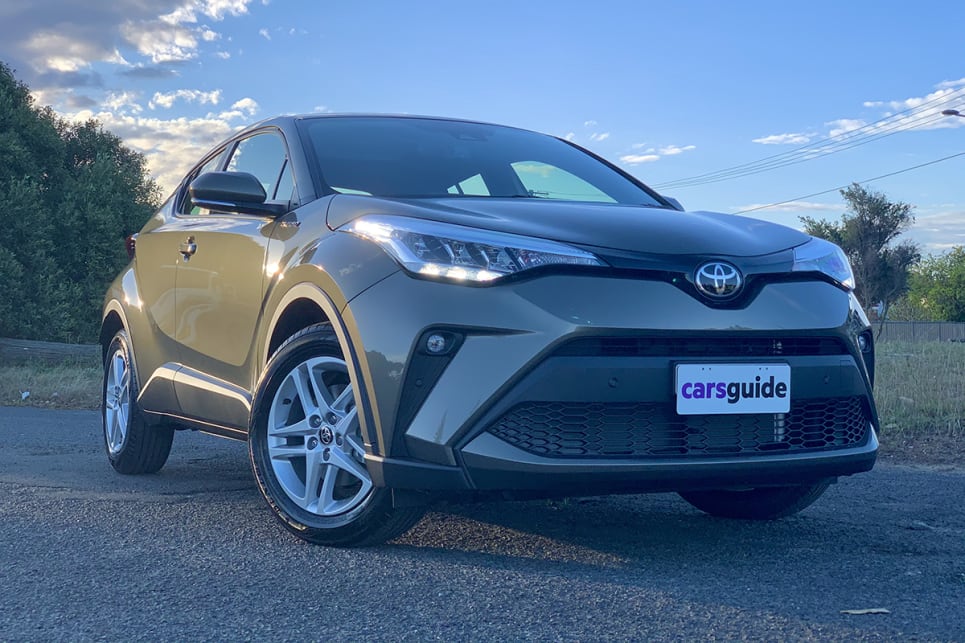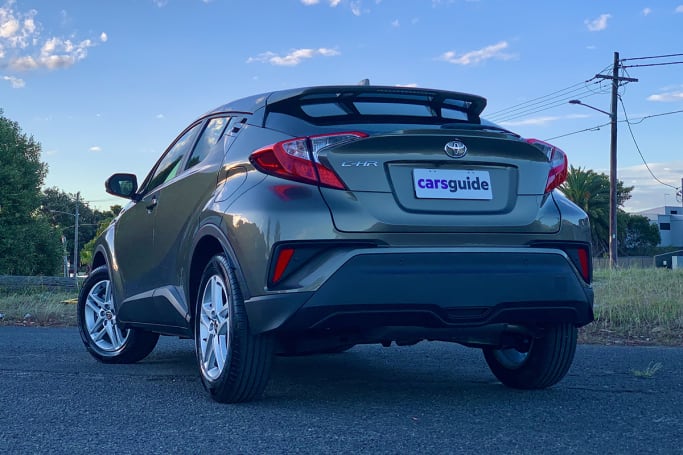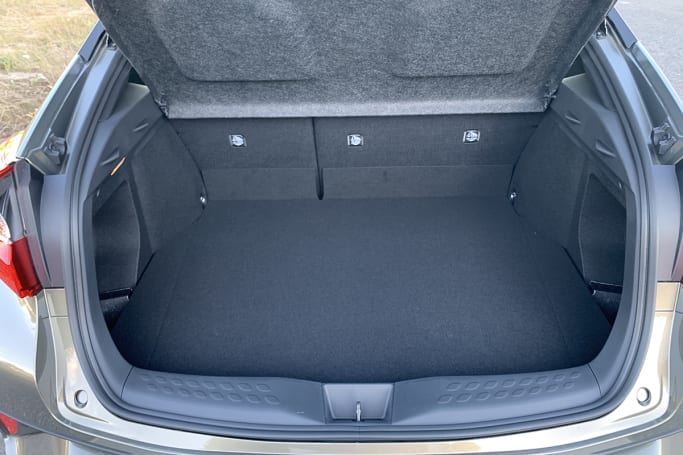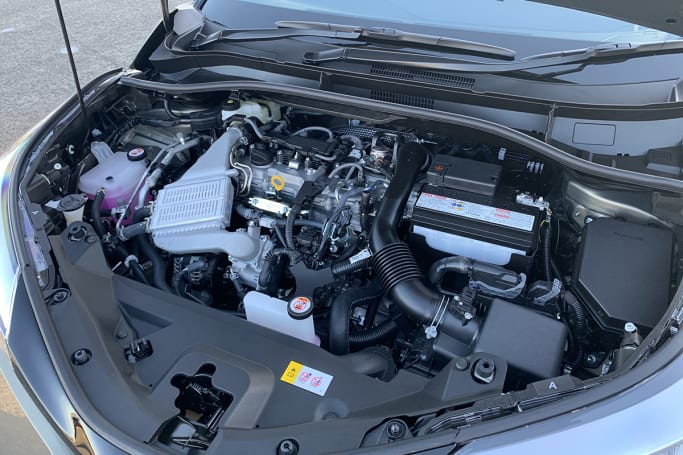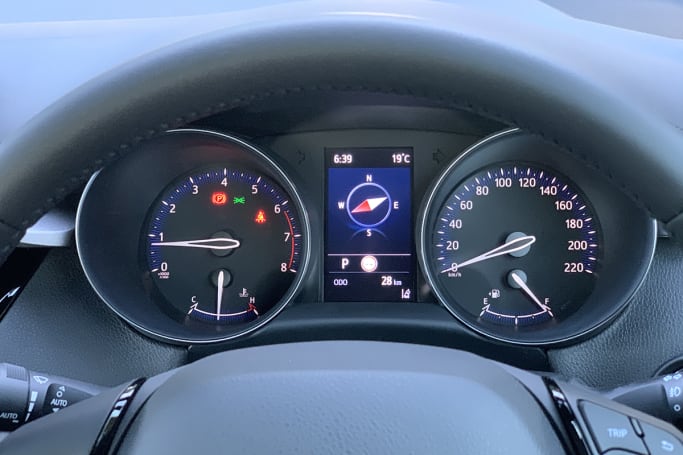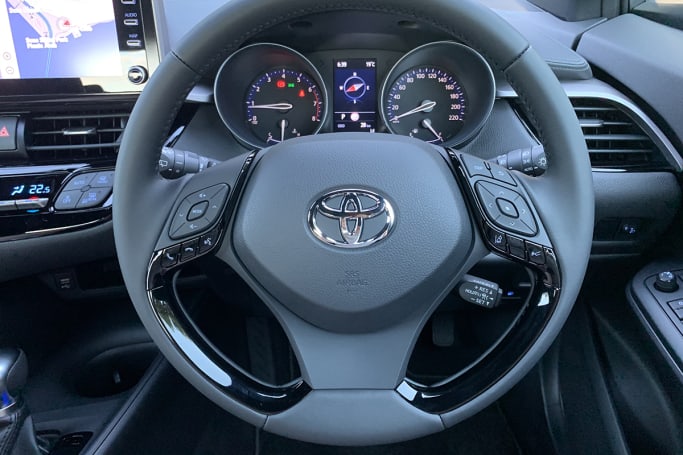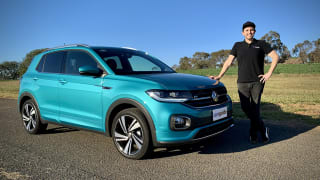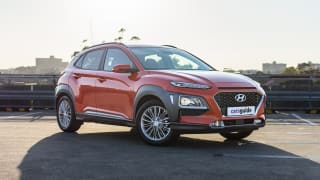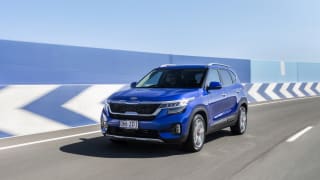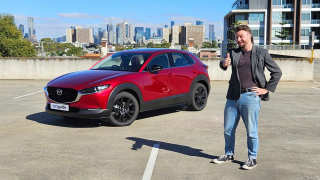For some reason, Toyota thought the model designation "GXL" would fit the C-HR despite being far more at home on a Land Cruiser, which is a car with a very 1980s vibe versus the C-HR's 21st century zeitgeist feel. The main changes for the 2021 model year are added to the safety column, but GXL buyers pick up keyless entry and start.

Apart from that, things are more or less as they were before – you can still choose from 2WD ($30,915 plus on-roads) or AWD ($32,915). Remembering, of course, that this is the entry-level machine that used to be known as plain old C-HR and is now about $750 more than the MY20. The manual version is long gone, if you're wondering.
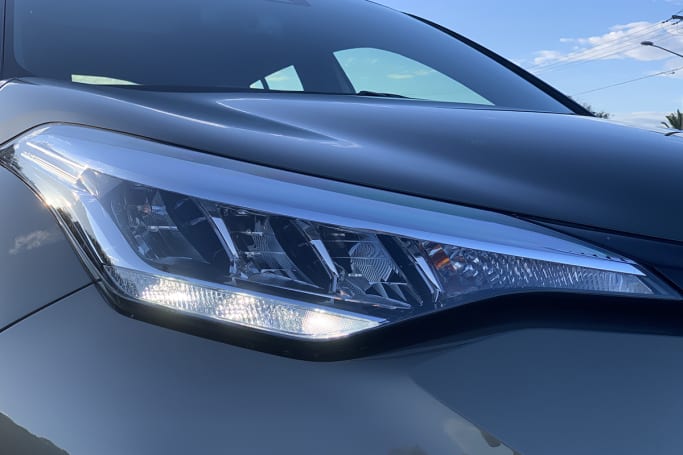
You get 17-inch alloys, a six-speaker stereo, dual-zone climate control, reversing camera, active cruise control, sat nav, auto LED headlights, auto wipers, front and rear parking sensors, auto high beam, folding heated electric mirrors, power windows and a space-saver spare.
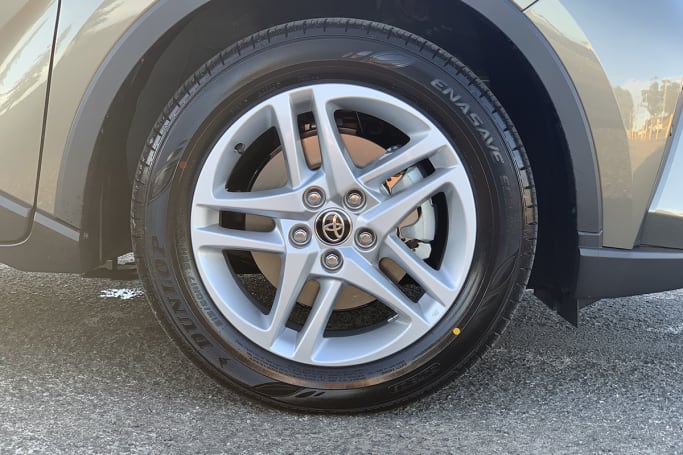
Toyota hasn't taken the opportunity to again improve the touchscreen, which went up to 8.0-inches last year along with a big improvement in the media system software. It still looks washed-out and stretched but does have Apple CarPlay and Android Auto. The hardware really needs to be higher-resolution and the system itself really doesn't reflect Toyota's might in the industry. Better than it used to be, though and, with smartphone integration, less of a problem.


